Follow the tips below to protect cats from the heat.
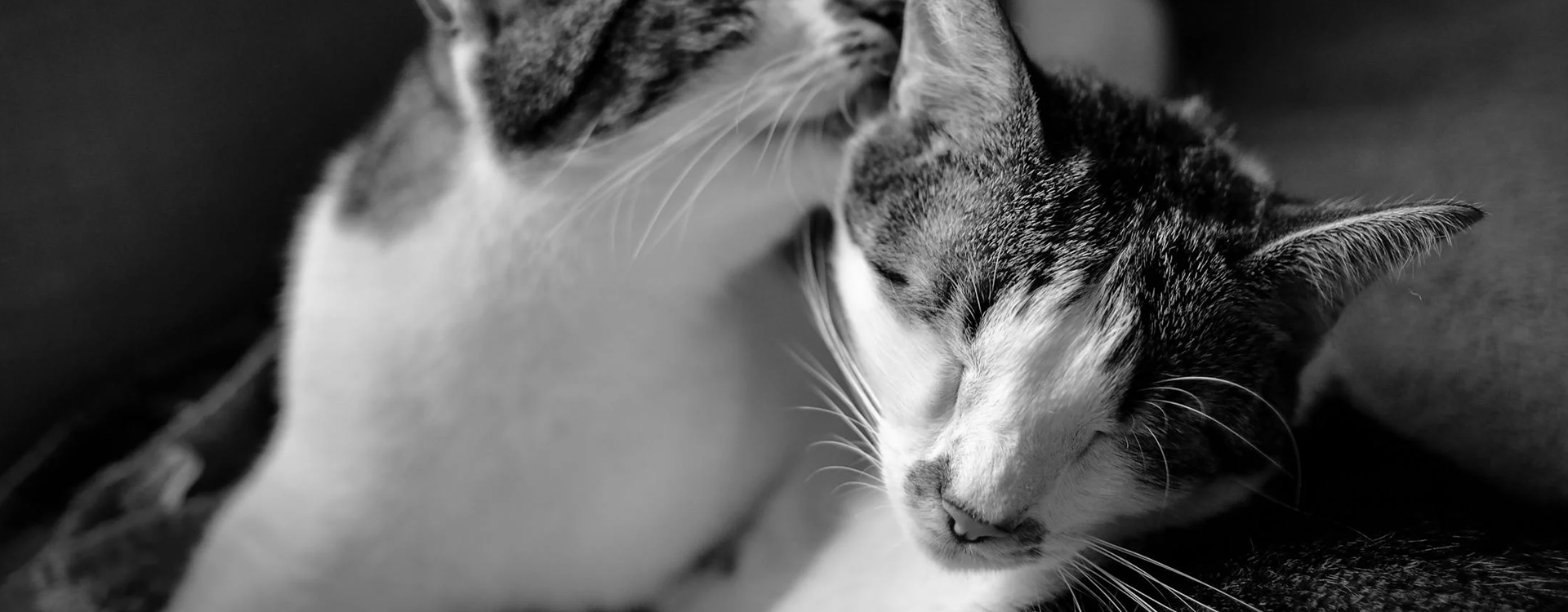
What are whiskers for a cat?
In reality, what we usually call whiskers are actually called vibrissae. They are not only located on the face. Cats have whiskers on the face above the eyes, on the upper lip, on the ears and on the chin, but also on the front legs. Although the location varies, most cats have 12 whiskers in four rows on each cheek.
What are cat vibrissae?
Vibrissae are those thicker hairs that we usually see in the whiskers, they are considered tactile hairs, although they do not have sensitivity but transmit super important information to the brain.
These hairs are implanted three times deeper than a normal hair, and through them cats discover the world, thanks to them they are able to orient themselves in space, explore the environment and locate nearby objects, hence their agility and dexterity.
Despite the magnificent vision they have from a distance, cats do not see so well up close, but they make up for this deficiency with the vibrissae, which at close range help them to get a three-dimensional image of the objects, toys or prey they come into contact with.
Some mums chew their puppies' whiskers because of stress, because the baby is more nervous or feisty, or because of excessive grooming. Trimming the whiskers can help the baby lose mobility and self-confidence, but it can help the baby to be less bold and not expose himself to too much danger.
We should never trim or pluck a cat's whiskers, even if they grow back this can be a source of stress and insecurity for them.
Curiosities about the vibrissae or whiskers of cats.
They are said to have the width of the body, so when they pass their head they are convinced that the rest of their body will follow. If they are overweight they may have accidents because of this, as for them it is a measuring tool as when they play or hunt they need to move fast and get to places quickly.
At night their vision helps them in the distance, but up close they move with total agility avoiding bumps and bumps thanks to their vibrissae. By the way, do you know any blind cats? Aren't you fascinated by their agility and how they avoid obstacles?
They also express themselves through their whiskers, if we see them forwards they are in active/playful mode, but if they are backwards they are scared.
Whiskers also fall out, like any other hair, so don't be surprised if you find some vibrissae around the house, but it's OK because it will grow back. If the loss has been due to trauma they may be in pain, and if they lose many at once (for example if they are undergoing chemotherapy) it will be difficult for them to adapt to losing this sense.
CONCLUSIONS:
Whiskers or vibrissae are essential for a cat to orientate itself in space, to see up close and to move quickly.
Cutting or bothering them with their whiskers can cause them pain and stress, they are a sensitive organ for them and we should not interfere.
And not only do they have these little hairs on their whiskers, they have them all over their face and front paws. Have you ever noticed how cats play a lot with their front paws? Well, it's because of the vibrissae.


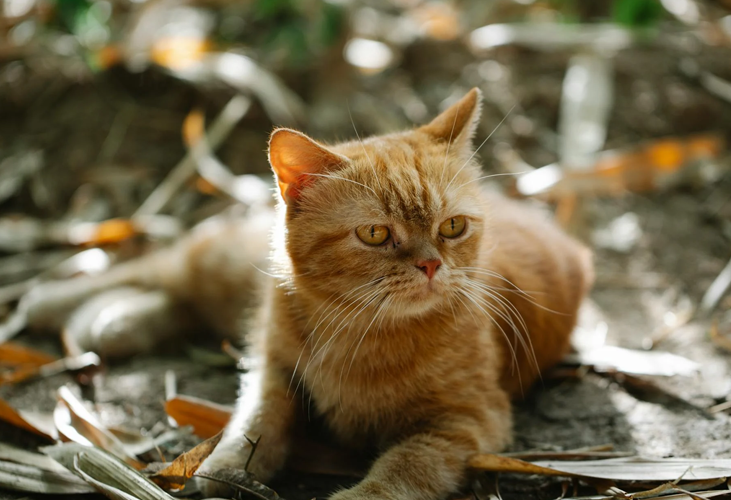

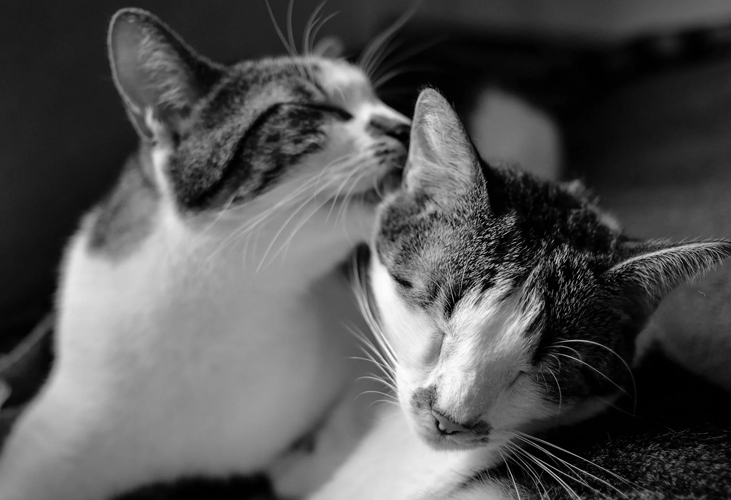


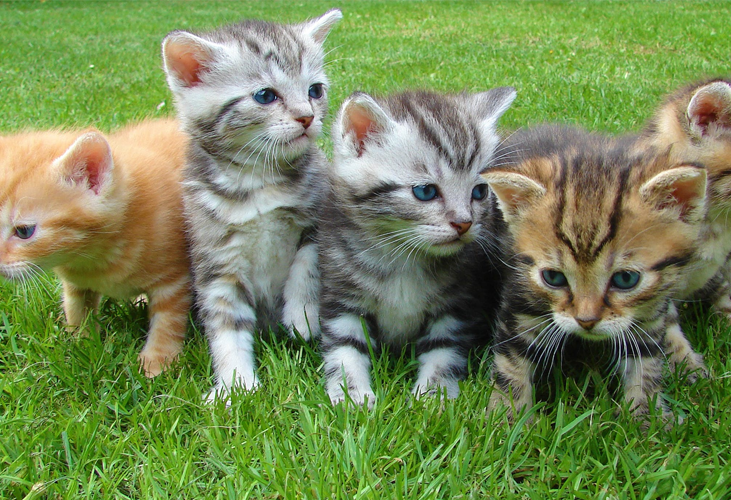
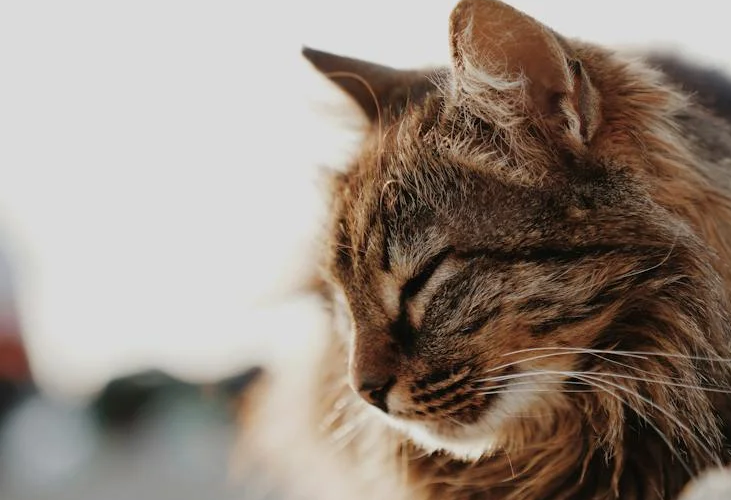

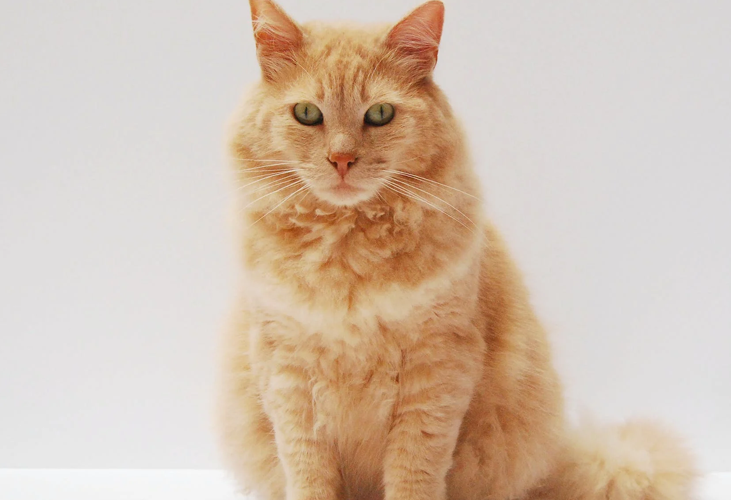

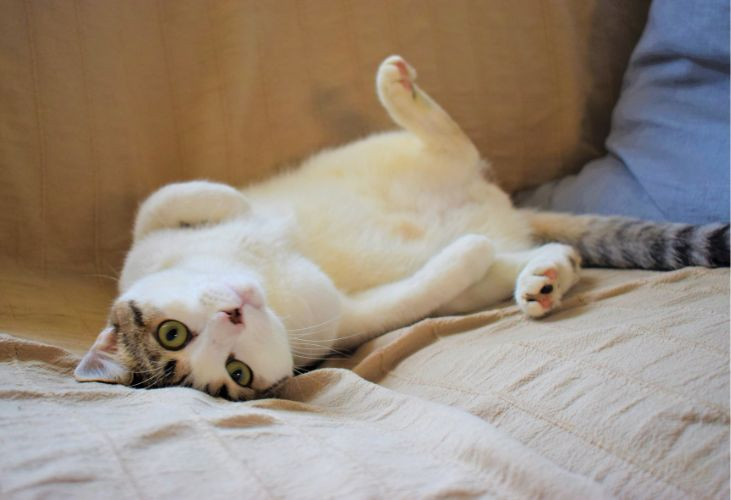
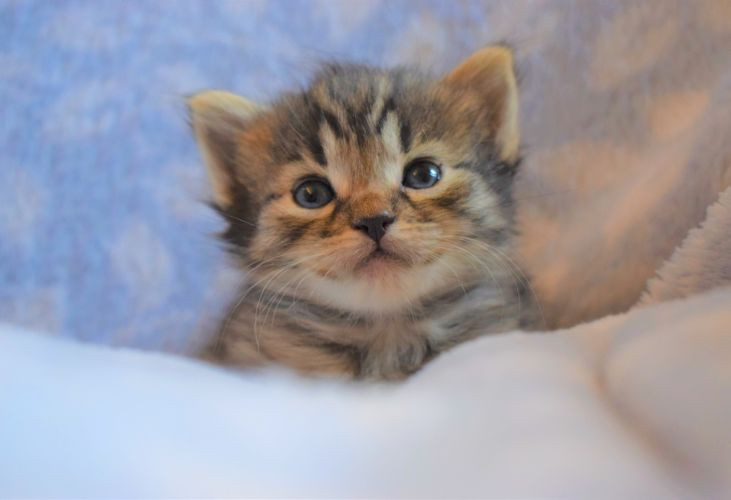

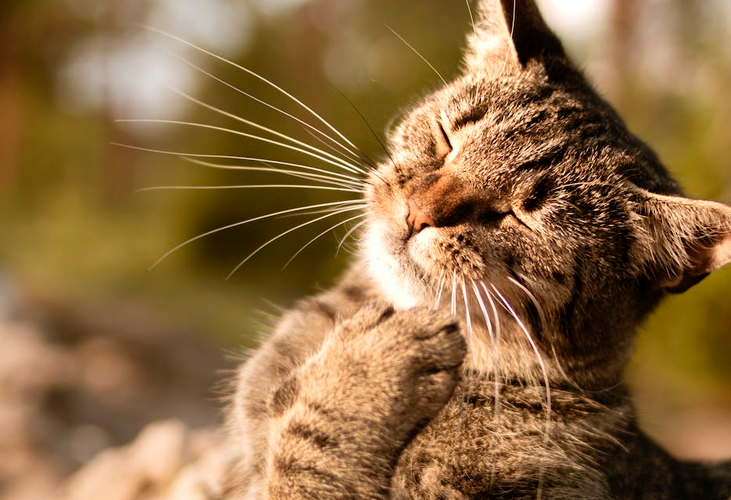

Leave a comment